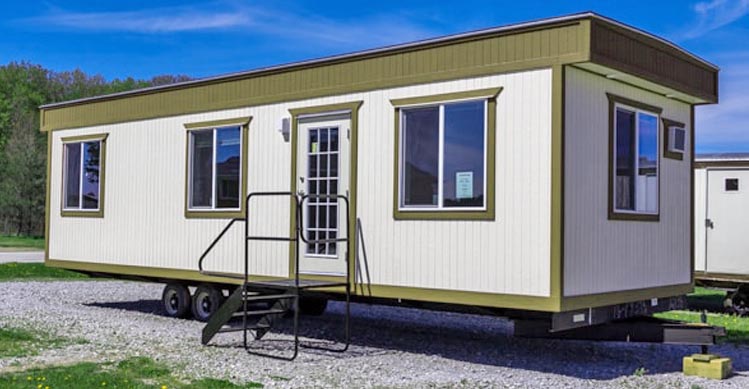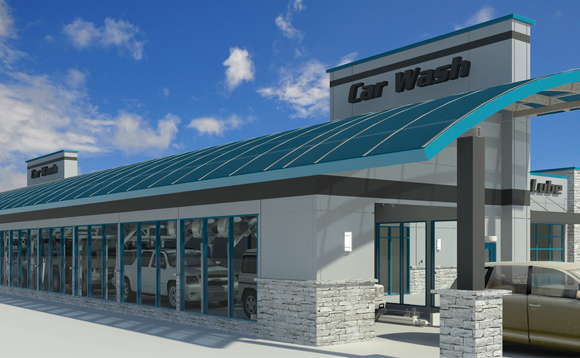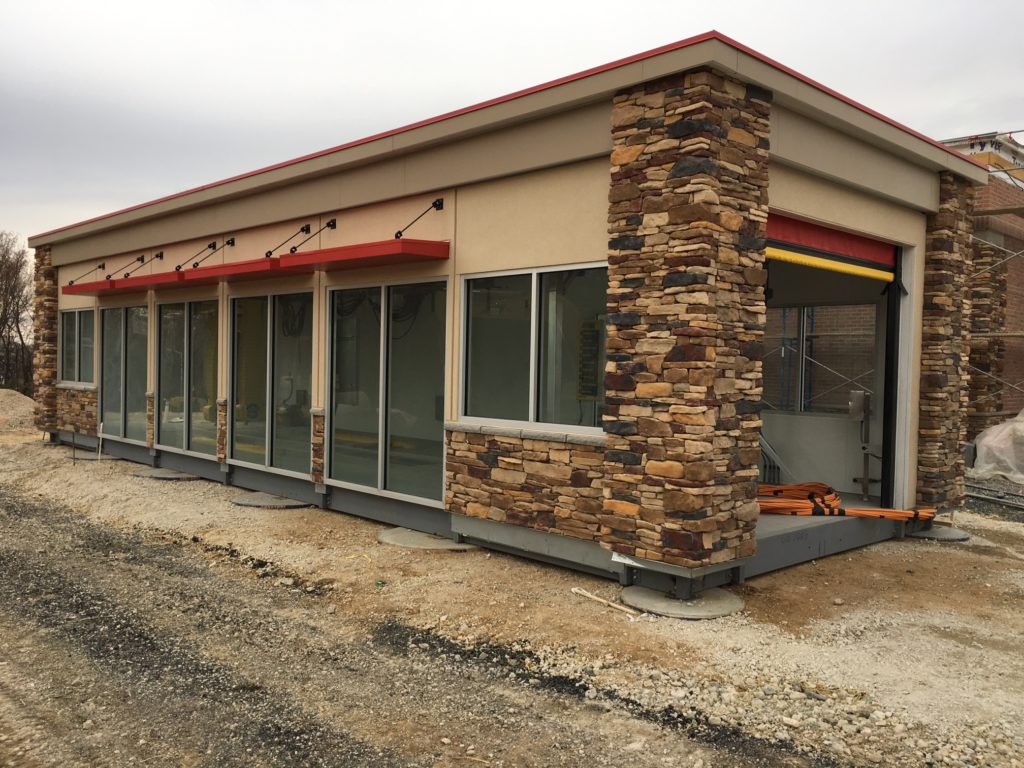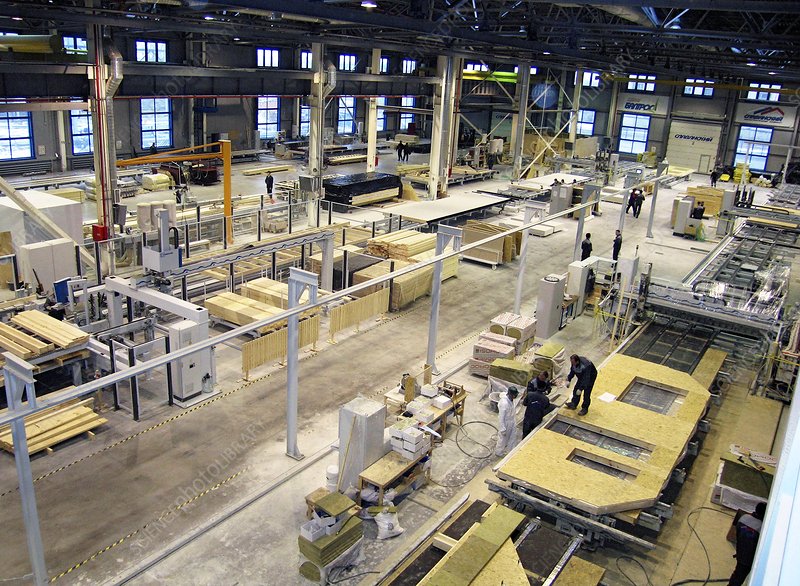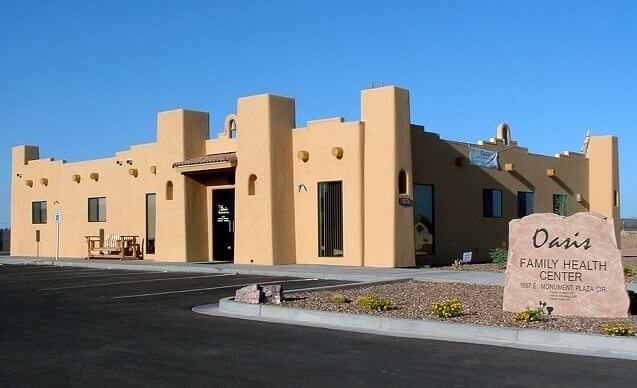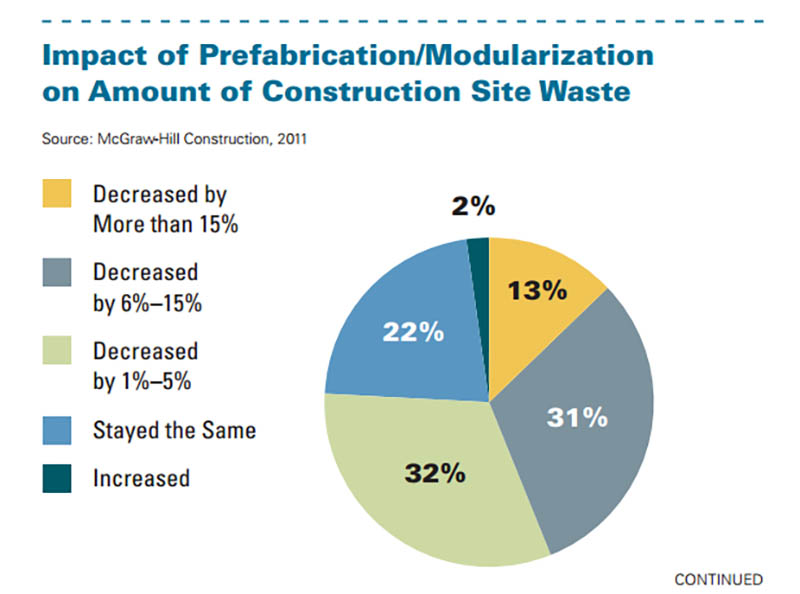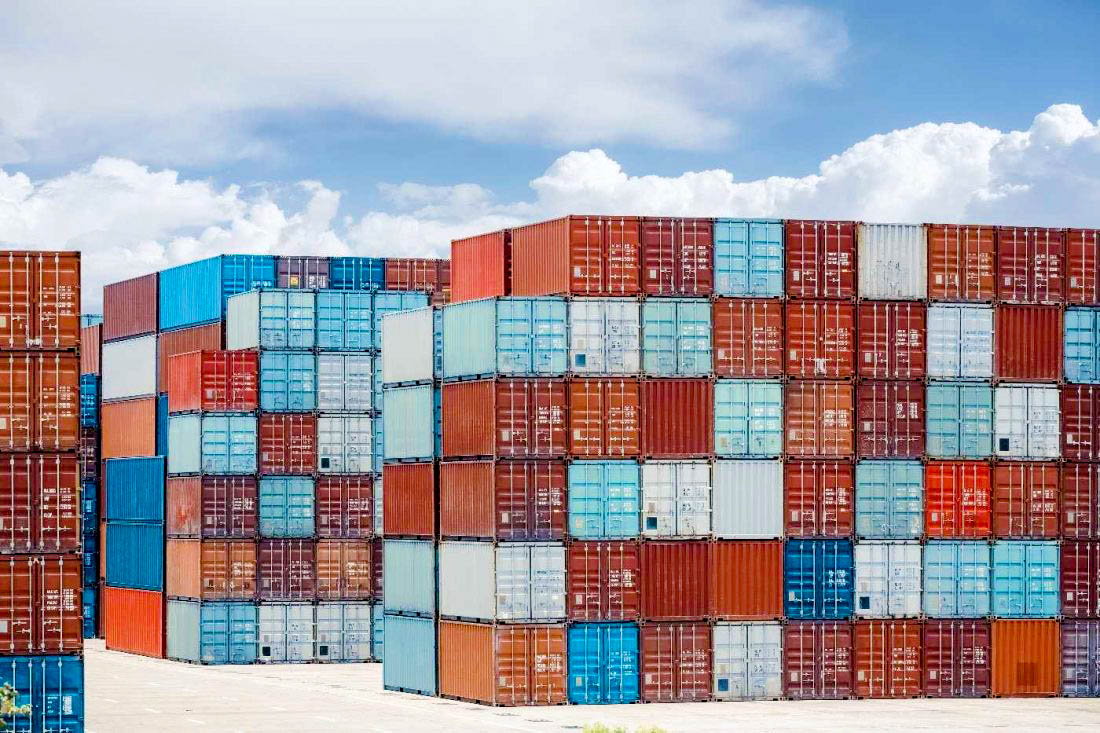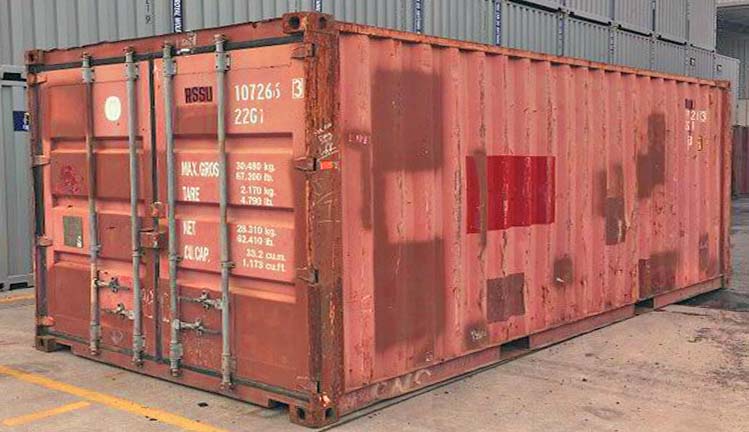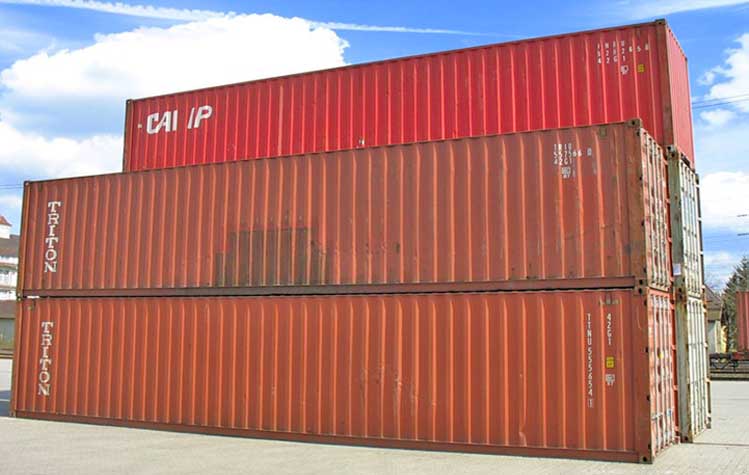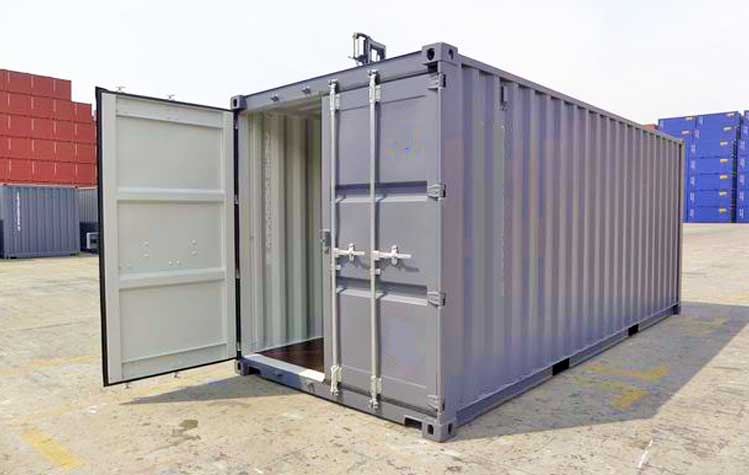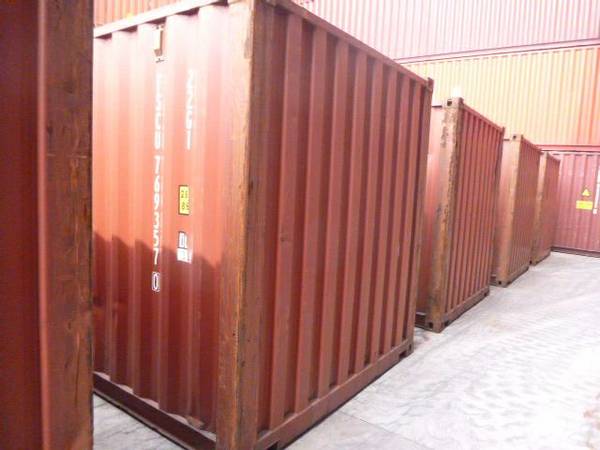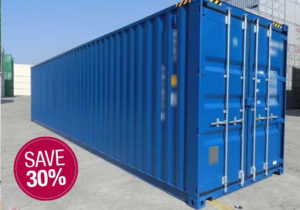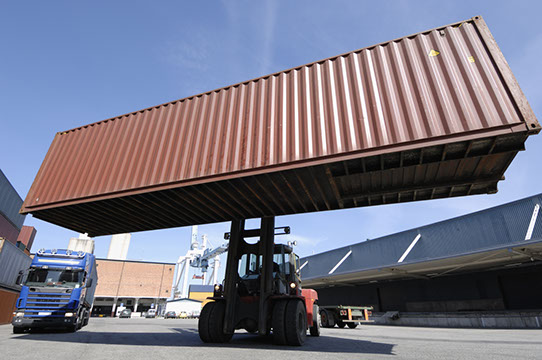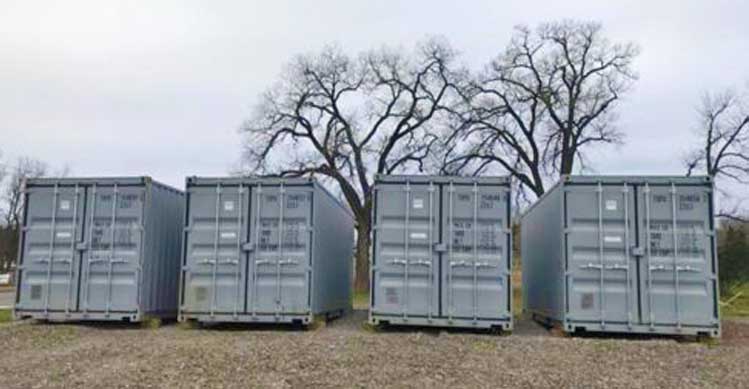Rent a mobile office trailer fast and for less. Know what to ask.
Mobile office trailers have a number of commercial uses. They are commonly seen on construction sites where they make the perfect work-space for contractors and your crew on site, as they provide a comfortable work space inside a warm mobile office to use during the day. The mobile office trailer rental allows you to meet with your staff in a professional space, while providing a space for employees to relax in the heat or air conditioning. Some of the most widely seen uses of mobile offices are construction trailers, sales offices at car dealerships, emergency management centers and bases of operation and classrooms for school overflow.
If you are interested in a construction office trailer rental for your job site, you are likely shopping around for the best option and the lowest priced office trailer leasing (mobile office trailer sales is also a thing but much less common with mobile office dealers). Part of your research strategy should be making sure you ask construction trailer rental companies the right questions.
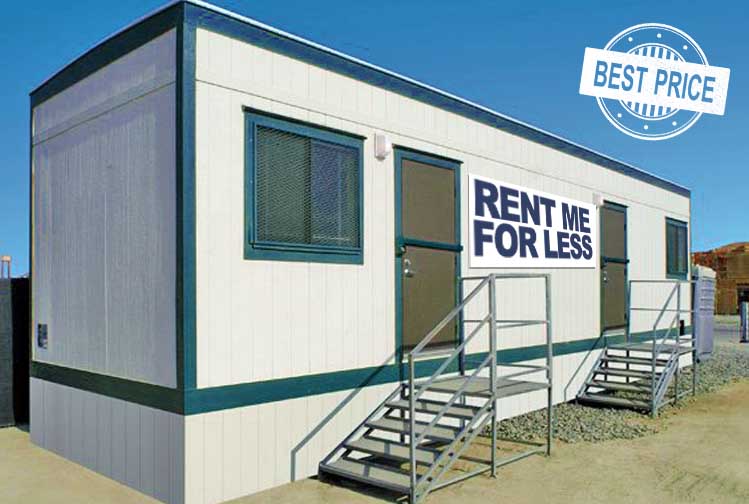
Here are five questions to ask any mobile office trailer dealer during your initial conversation:
1. What type of office trailers do you have, what sizes of mobile office trailers are available near me?
The main question you’ll want to know is what your potential supplier’s inventory looks like, condition and sizes. What s features do they have available, where to search for inventory and are these trailers located nearby where they can be inspected and samples seen? If the company needs to ship the trailer from far away, the travel time will delay installation and may add additional costs. You’ll also want to ask about the age of the rental office trailers. If you can’t see them in person, make sure the company sends you plenty of photos of the actual unit you’ll rent.
2. Can I customize the office trailer for my needs?
A major factor to consider when renting an office trailer is what level of customization you will need to make it an effective and efficient workplace. You’ll want to ask about everything from exterior cosmetic add-ons, to bathroom outfitting and furniture options. Some mobile office companies may only rent office trailers that are basic and standard base models, requiring you to purchase a trailer for further customization, while others may have more flexibility to tailor their rental stock.
3. What is the office rental contract like?
As with any contract, you’ll need to understand the terms of your rental agreement and the commitment of time, setup and related costs. The most common factors in this area include the length of the contract and the options your company has with the office trailer for extending it or cancelling it early. Keep in mind that time schedules change with long term construction projects. Be sure that you are crystal clear on the process of notifying the office trailer rental company for any needs; if there is an emergency leak that has to be fixed, you want to be sure you will connect with them as fast as possible.
4. What is the deliver and install process like?
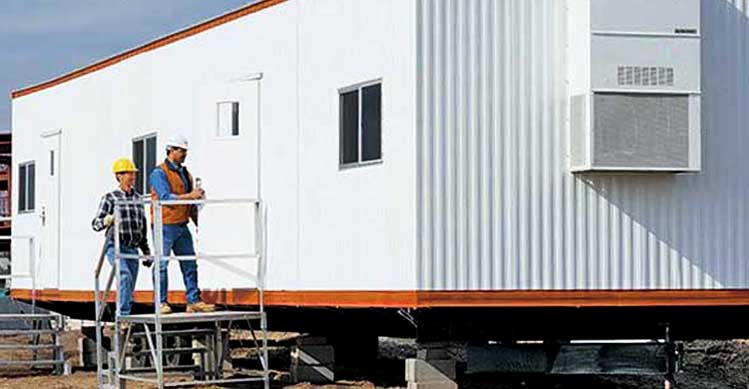
When you rent a mobile office trailer, the modular company will transport it direct to your job site or location. Be sure you understand what this process will look like and are able to prepare for the setup day. First of all, find out if the company determines shipping and delivery costs by distance, or by the size of the trailer? As far as installation, you’ll want to know what onsite setup is involved, and what kind of preparation work you’ll need to do at the site the trailer will be placed on. You’ll likely also need permits to have your trailer at a construction site, so also be sure to find out whether the rental company will handle this for you, or if you’ll need to do it on your own. Each area will differ on permitting requirements for temporary structures such as a modular office or mobile office trailer for long term placement. Also important that you know the laws regarding transportation of a mobile office and moving it on the highways and local roadway regulations for your town and state.
5. What happens at the end of my lease or project?
Your mobile office trailer rental company will most likely come pick up the trailer when you’re done with it. Be sure you understand the process, time frame and any additional costs or deposit related requirements you need to fulfill.. You may be responsible for preparing certain elements of the mobile office trailer, or perhaps the trailer rental company may handle everything.
You can compare the answers to each of these questions from the five biggest and best mobile office trailer companies near you in minutes by submitting a free price quote request now. We have over a dozen mobile and modular office partners looking forward to providing your company with a construction office or sales office for up to 30% less. The process of renting a mobile office trailers seems like a lot to undertake but can be done in 72 hours or less. Request a quote and start the ball moving now.
